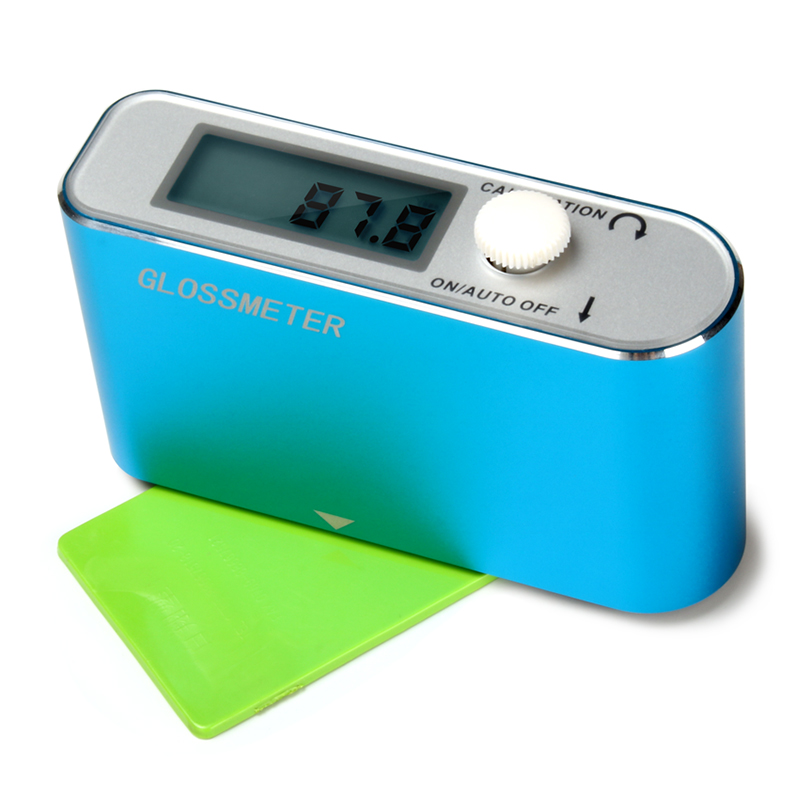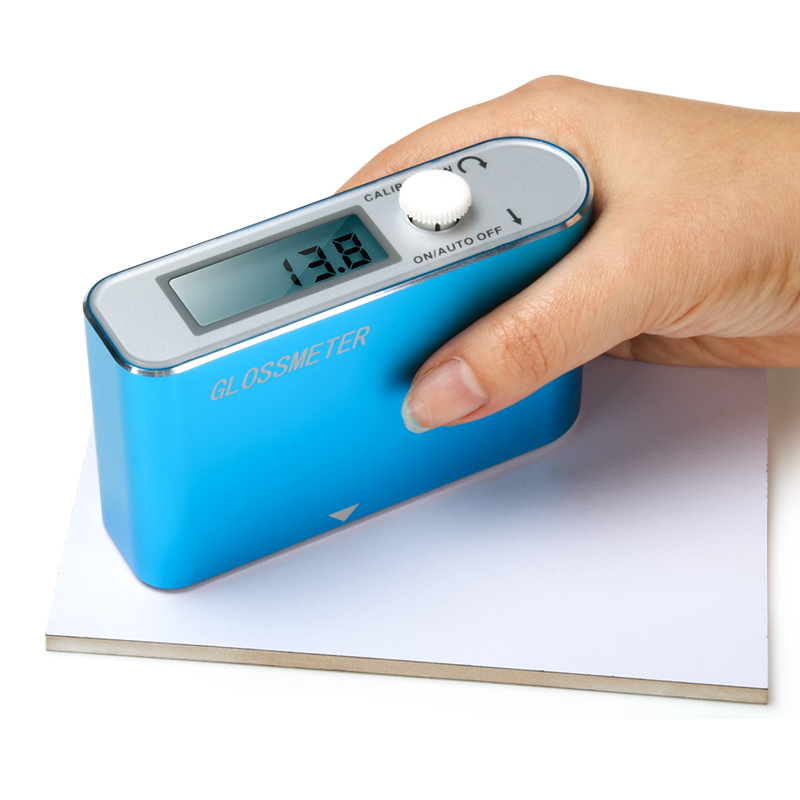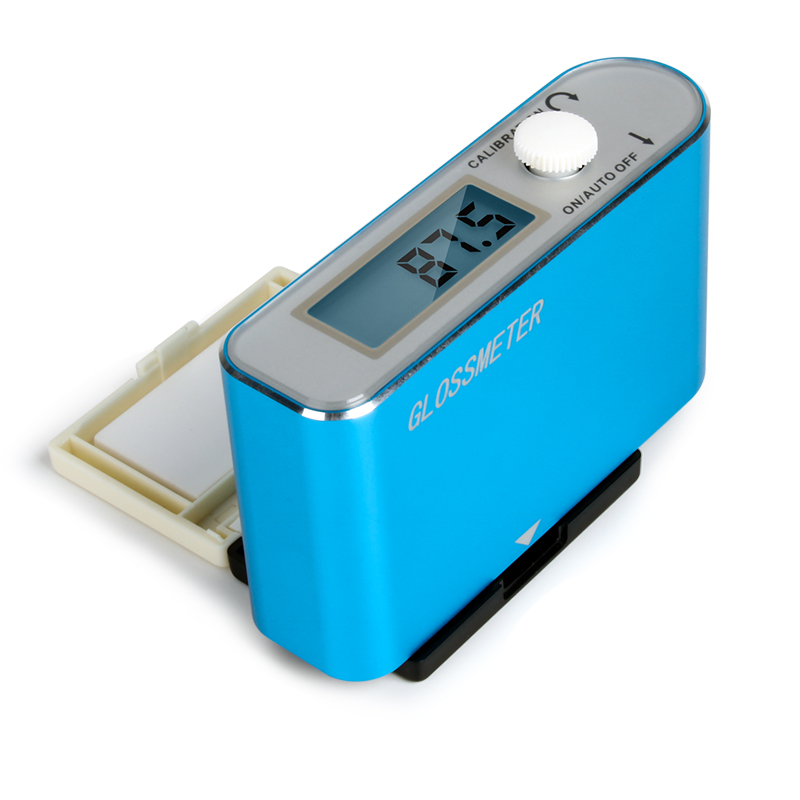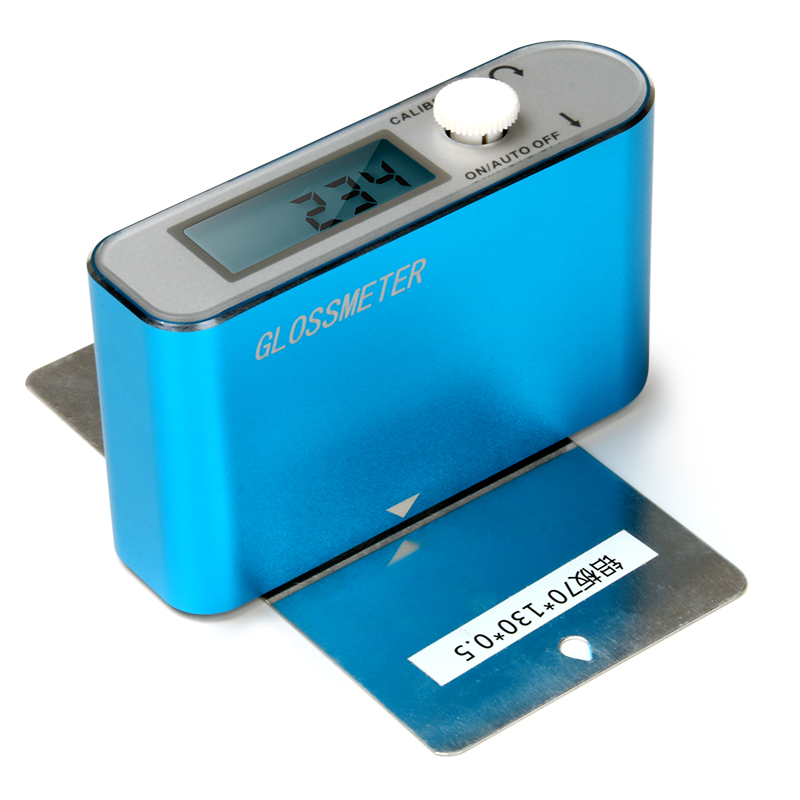- Appearance design patent certificate of “Color Assessment Cabinets”.
- “HARUCN” trademark registration success, start a new journey of the brand
- Successful registration of “Huaruchang” trademark
- “Certificate of Design Patent of “Glossiness Meter
- Glossmeter Selection and Measurement Principle
- The new “MG6 Series Glossmeter” shocking debut
E-mail:hrc@hrckeji.com
Phone:18928463858
TEL:400-968-6558
Address:F3-002, Zhonghuiyuan Internet Creative Park, No. 1 Huangtian Road, Hangcheng Street, Bao'an District, Shenzhen, Guangdong
Introduction to the environmental requirements and angles of the gloss meter





Environmental requirements of gloss meter
Glossmeter is a precision optical instrument specially designed for detecting the surface gloss of objects, so it has certain requirements for the use of the environment. Try to avoid using and storing the gloss meter in humid, strong electromagnetic interference, strong light and dusty environment. If used, it may cause explosion and fire. It is recommended that the instrument be used and stored in a standard laboratory environment (temperature 20°C, 1 standard atmospheric pressure, humidity 50~70% RH).
The standard plate containing the gloss meter is a precision optical component and should be stored and used properly. Avoid hitting the working surface with sharp objects, avoid dirtying the working surface with dirt, and avoid exposing the standard plate to strong light. Clean the standard plate regularly with a soft cloth moistened with alcohol.
Do not disassemble the instrument privately, otherwise the instrument will be damaged. Dust and metal foreign objects may enter the instrument and cause short circuit and electric shock, leading to the destruction of the instrument or even fire.
If the instrument emits burning and other odors during use, it should be stopped immediately and the instrument should be sent to the maintenance point for inspection and repair.
Gloss meter test angle
Since the gloss value we measure on the surface of an object is different under different measurement angles, in order to correctly evaluate the gloss of the surface of an object, it needs to be measured by a suitable angle. The gloss meters commonly used in the current market mainly include three measurement angles, namely 20°, 60° and 85°. Different measuring angles are suitable for different glossy surfaces. For paper and other industries, 45° and 75° measurement angles are also used.
◆The 75°gloss measurement is mainly used for coated papers and boards, but can also be used for printed samples of uncoated papers and boards or papers and boards with low printed gloss.
◆The 20°gloss measurement method is mainly applicable to high gloss paper and board, such as cast coated paper, waxed paper and polished paper, but also for printing samples of paper and board with high gloss and high gloss ink coatings etc.
◆The 45°gloss measurement method is mainly applicable to the determination of metal laminated paper and paperboard such as aluminum foil paper and vacuum aluminized paper.
◆The 60°gloss measurement method is mainly applicable to all kinds of paper, paint and lacquer.
◆85°gloss measurement method is mainly used for camouflage coatings, low gloss coatings and so on.
How to choose the measuring angle of gloss meter?
For different object surfaces, the appropriate measurement angle is different. For general materials, 60 degree gloss meter can be used for measurement. For high gloss material, you can choose 20 degree gloss meter. For low gloss materials, you can choose 85 gloss meter. If the surface of the object is not sure of the gloss, you can use the triangle gloss meter to detect.
Gloss meter is divided into single-angle gloss meter, double-angle gloss meter, three-angle gloss meter; wood gloss meter, ink gloss meter, light meter, film gloss meter, paper gloss meter, stone gloss meter, leather gloss meter, coating gloss meter, paint gloss meter, small aperture gloss meter, metal gloss meter, gloss meter, gloss meter, gloss meter, brightness meter and so on. The products are widely used in paint and coating, building materials, bamboo and wood flooring, ink and paper, as well as metal plates, electroplating surfaces and other gloss measurement.
- Previous:Application range of card type gloss meter
- Next:No time



